When you think of Alaska what comes to mind? I think most people would agree that mountainous landscapes, wildlife and the Northern Lights would be high up on the list.

My Lumix served me well in Denali National Park
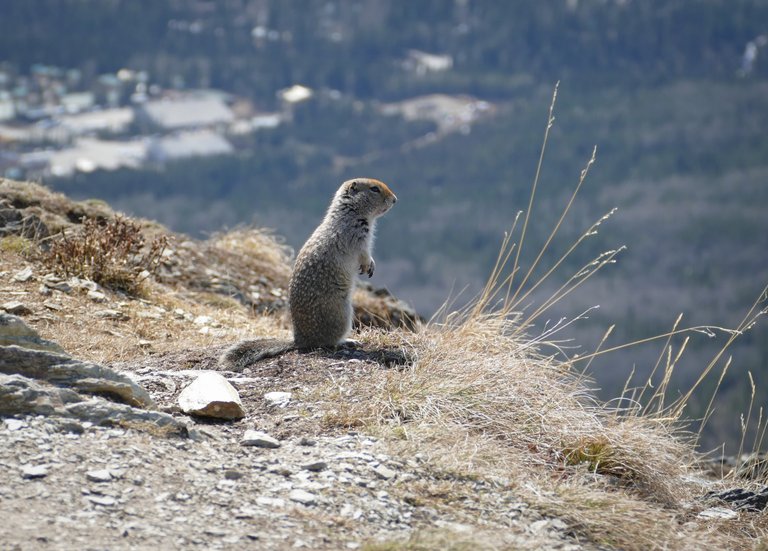
Last month I had the remarkable opportunity to visit Alaska and to aid me photographing some of the above I made sure to pack my Panasonic Lumix FZ1000. However it was a textbook example of all the gear, no idea. I was comfortable getting landscape and wildlife photos using the Intelligent auto setting, however capturing the Northern lights proved more difficult.
Alaska is a really weird place. By mid May there is 22 hours of daylight, and during the "darkest" period (roughly 02:00 and 03:00) the sun has still barely dipped below the horizon.
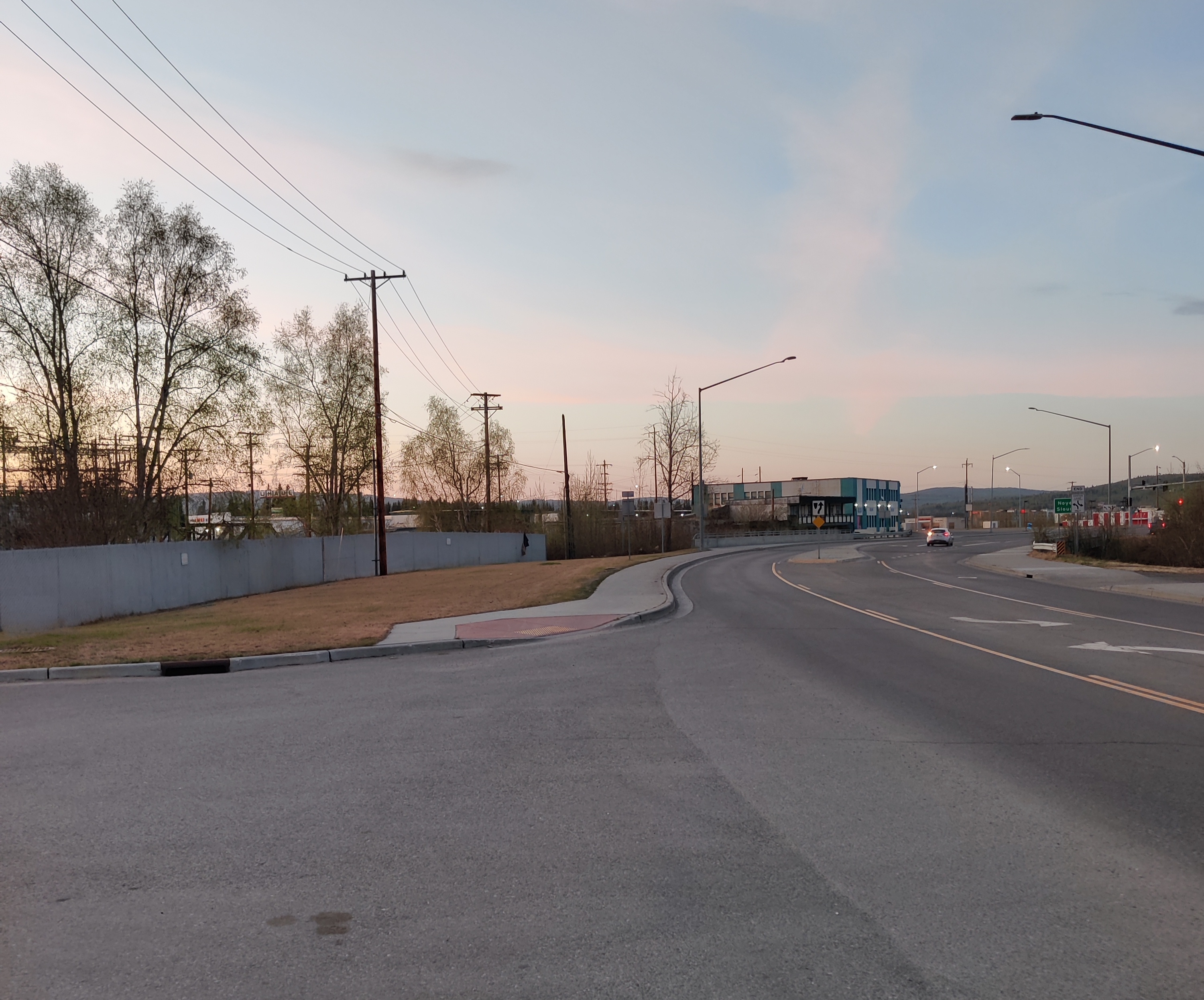 This photo was taken at midnight!
This photo was taken at midnight!
Thankfully before the land of the midnight sun stayed true to it's namesake, near the end of April there were still a couple of hours of nearly darkness that allowed the solar storms in the skies above to become visible.
Thanks to a live webcam of the skies I was able to check if the Aurora was visible from the comfort of my bed.
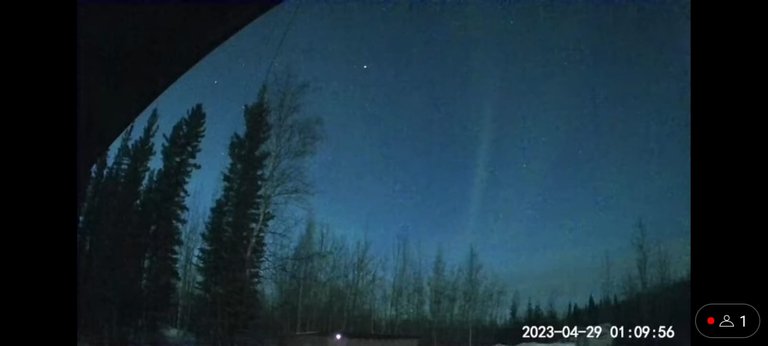
Many thanks to Birch Leaf Photography for the livestream
That small glimmer was enough for me to get out of bed and dressed ready to stand in a frozen field for hours.
However, Disaster. I had forgotten to pack my mobile phone tripod. The tripod that had allowed me to get clear night sky photos in the past.

This photo displayed the Aurora as it looks in person, a horizontal streak of light but as if it had many vertical tails.
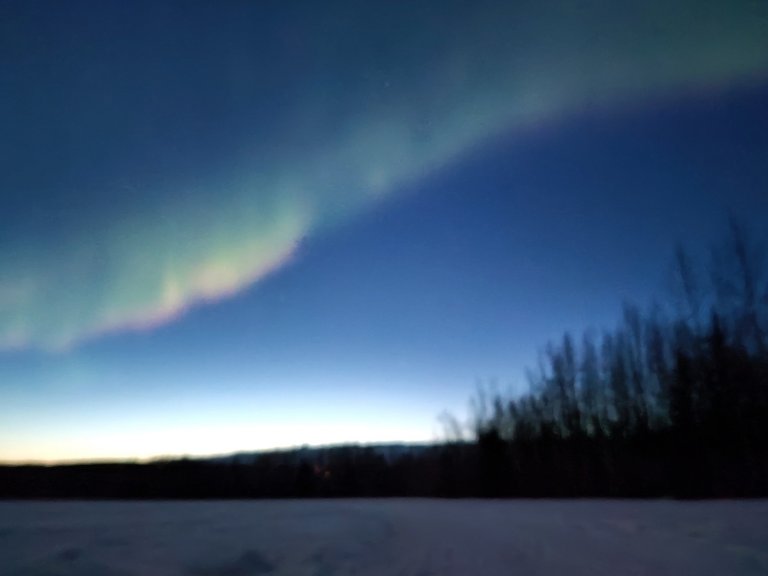
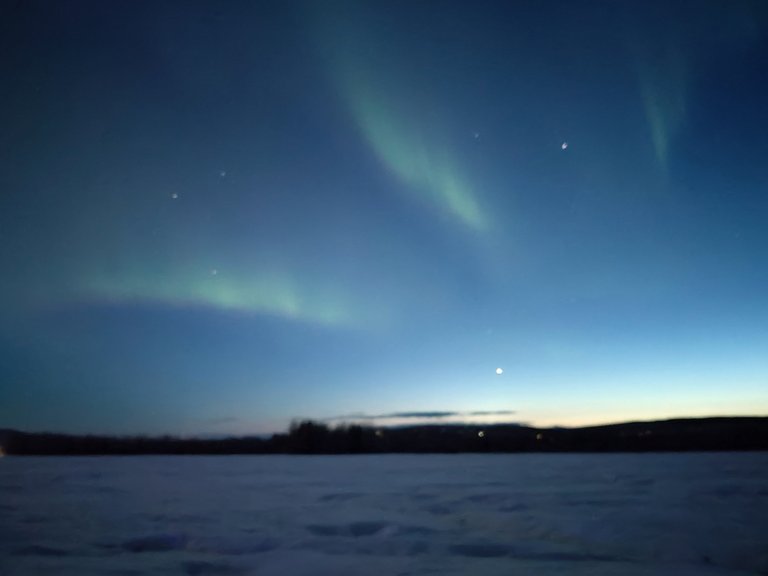
Regardless I ran outside and using the night mode setting and not steady enough hands, the above shots on my Oneplus 8.
The blur was obvious and I quickly switched to my Lumix and a small tripod I had bought in Walmart.
A guide I had read online suggested using the clear nightscape mode for night sky photography.
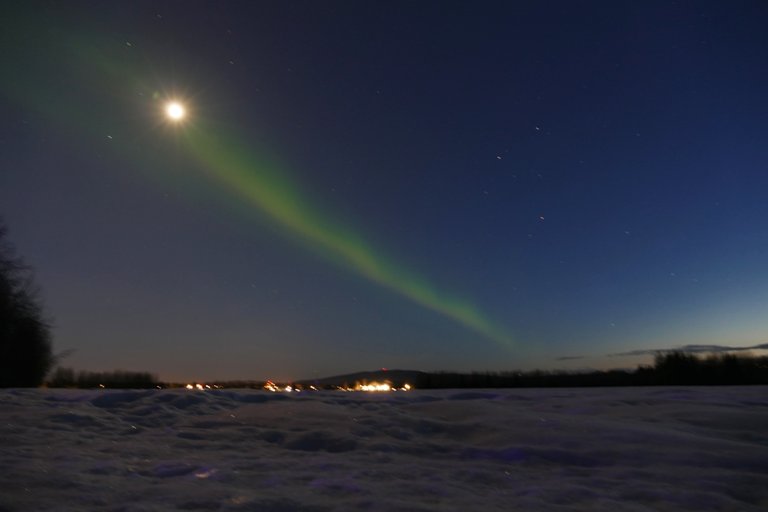
15 Seconds exposure
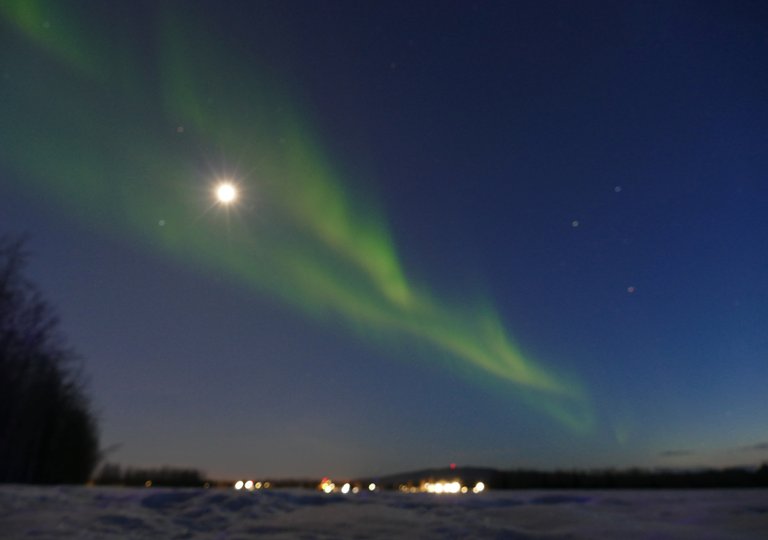
8 Seconds exposure
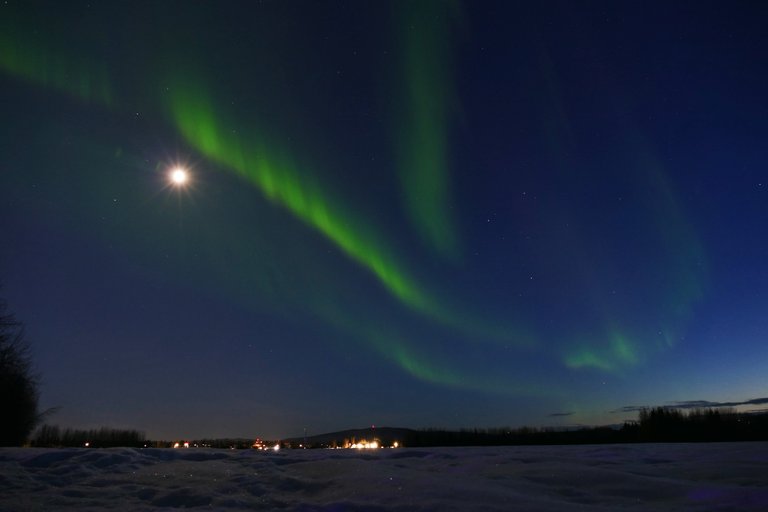
8 Seconds exposure
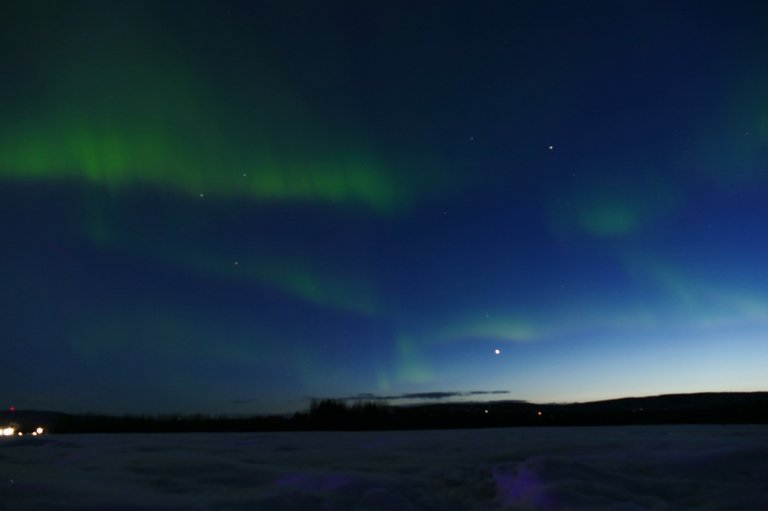
6 Seconds exposure
At this point due I was just trying to take as many exposures as I could. Due to the rear screen resolution not being great, I was not able to see how blurry the photos were until we got inside after the lights faded.
The Oneplus photos despite being really blurry displayed the Aurora shimmer much more true to life, displaying the orange fading into green more clearly and the light having vertical streaks to it. Something the Lumix photos just displayed as a green smudge.
My question to the photography buffs here is this, in my situation how would you set up your camera?
In hindsight I realise I should have manually focused and not depended on the scenes setting auto focusing for me. But would that have fixed all my issues?
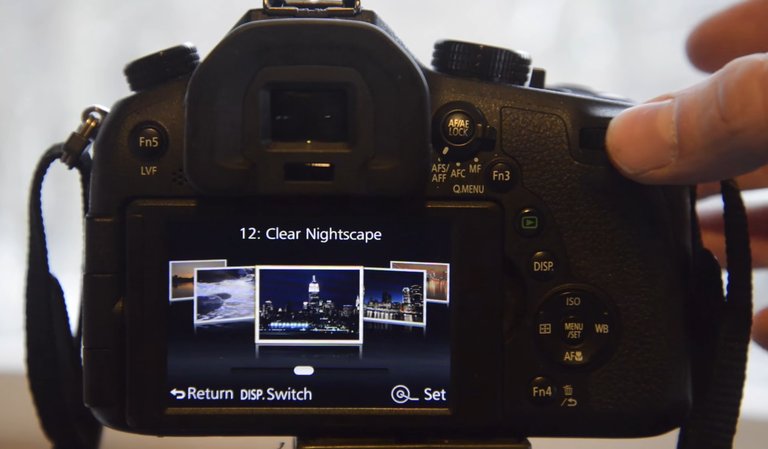
Awesome photos! I want to see the Northern lights someday in my life.
Thank you. Apparently in the coming years the lights will be visible further south due to stronger solar storms. They were visible in the south of UK earlier this year.
You still did the best you could and it is highly appreciated. My plan is to go to a place, where I can see this beauty and capture it as well, but till then, I have to learn how to do it :)
Haha I would definitely advise learning how to do it first!
Last night I went into my back garden to play with camera settings and think I worked it out. I'm ready for next time!
I'm planning to learn more, once I have the occasion as shooting these events requires some knowledge as well 😀 Imagine being there, having the occasion of your life and messing it up by not knowing what to do.
Hey! :)
I had the pleasure to have two meetings with Aurora Borealis so far, hopefully I will experience that magic again. To answer your question, I always use manual focus on my widest lens, 16-35mm f/2.8.
I set it to infinity minus one, as we call it here, that's the small line just before the infinity sign on the lens focus ring.
Another parameter I fix is the ISO, values between 800 and 1600 are the best as this way the sensor captures more stars, more details in the night sky in general. Depending on the intensity of The Lights, the exposure times I try is within the 2 - 20 seconds, at least that's what was working the best for me back then.
I hope that helps! :)
Ah, also in post-processing I don't use noise suppression as it also kills the details in the sky.
Thank you. I think I was using too low ISO and too long exposure for how quickly the lights were moving. But the biggest mistake was not setting focus to manual, I was at the mercy of the auto focus which was all over the place.
But at least I know for next time!